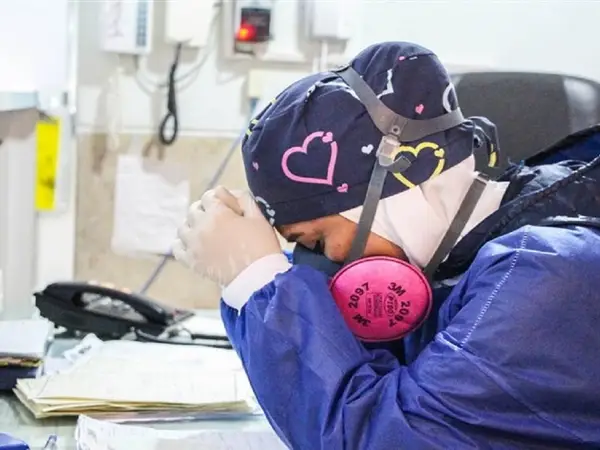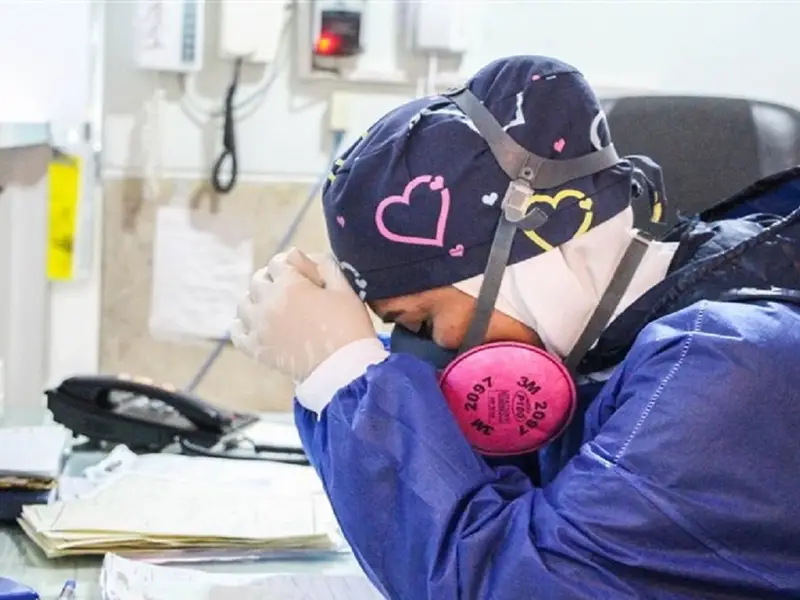Around 10,000 healthcare practitioners have left Iran over the past two years to work in the Arab world.
With economic and financial conditions at rock bottom, MP Hossein Ali Shahriari, chairman of the Iranian parliament's Health and Treatment Committee, said most have gone to the Persian Gulf countries including Oman and the United Arab Emirates.
"Unfortunately, we are facing a human resources shortage in private and even state medical centers, but the government apparently has no plan to deal with it," he said.
The number of Iran's healthcare professionals leaving the country is on the rise, worsened by the country's lack of freedoms and the months of violent uprisings since September. Doctors earn an average of $450 in a sector which is now facing shortages of basic goods such as IV fluids and cold pills in addition to medicine, due to global sanctions.
Thousands of physicians, dentists, midwives, and nurses have either emigrated in the past few years or are planning to leave for other countries.
There is no transparent data on the emigration of healthcare and other professionals, but medical officials and lawmakers often offer fragmentary information on the scope of the problem.
In February, Mohammad Sharifi-Moghadam, a member of the central council of Iran's Nurses’ Organization, said between 2,500 to 3,000 nurses were emigrating from Iran each year.
A survey by Iran Migration Observatory in 2022 found that economic and social instability, institutionalized corruption, and the regime’s governance methods were responsible for the very high desire to emigrate among medical students, professors and other healthcare professionals. The sector employs around 100,000 people in total but emigration of such large numbers could pose major challenges to the system, especially in the more rural regions where healthcare is less accessible.
The report warned that those who failed to emigrate were in danger of losing their motivation for work.

